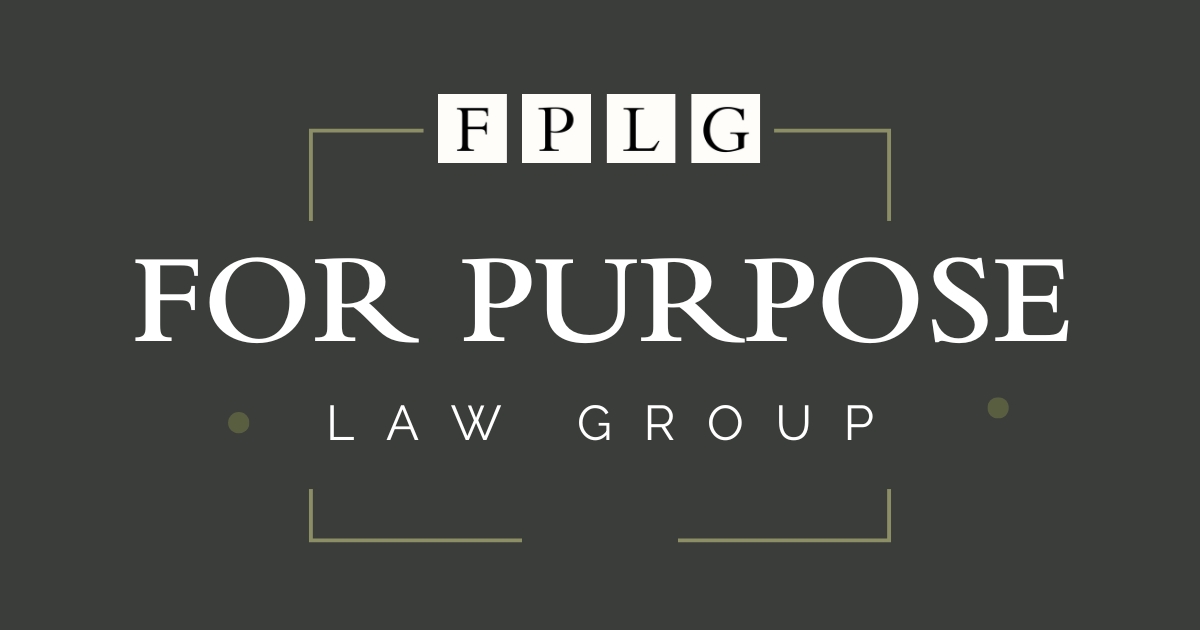
Going After Charitable-Solicitation Violators: Then and Now
10.30.2025 | Linda J. Rosenthal, JD

The relationship between a local government and area nonprofits is often complex. There is a continual push-and-pull between control and autonomy; it plays out each day across America.
One such story comes from Hamilton County, Tennessee; Chattanooga is the county seat. The board of commissioners took a big step encroaching on the independence of the tax-exempt groups there. The organizations promptly and forcefully pushed back.
This overreach by a government entity gets at the heart of the importance of nonprofit self-governance—the power of independent nonprofits to name their own board members, who then bear responsibility for overseeing adherence to bylaws and articles of incorporation.
In late June 2017, the Hamilton County Commission debated imposing new controls on local nonprofits that receive a certain amount of county funds.
What prompted this proposal was “months of publicly scrutinizing the Chattanooga Convention and Visitors Bureau” which was the beneficiary of all of the county’s lodging tax revenue since 2007. The Bureau receives some $8 million or so from this tax, which accounts for more 80% of the organization’s total income.
As a result of this study of the region’s lodging tax and its beneficial effect on the Convention and Visitors Bureau, Commissioner Tim Boyd introduced a financial-oversight regulation designed to “give a board seat to a county commissioner” and require submission of expense records to the county and adoption of the county purchasing and travel policies. But the proposed regulation applied not just to the Bureau but also to any other nonprofit if it received county money exceeding 25% of its operating revenue. The vote was 6-3 in favor of adopting these broadly applicable new requirements.
It didn’t take long for opposition to develop strong enough to force the county commissioners to reverse this unpopular and overbroad decision by early July by a vote of 7-2.
While the original regulation was “aimed squarely at the Chattanooga Convention and Visitors Bureau,” an agency relying on millions in county funds, the policy nevertheless swept up “many other nonprofits, including numerous local volunteer fire departments” with the “constricting demands.”
Both the CVB and the Humane Educational Society pushed back against the resolution. While unaffected by the new rules, the Dallas Bay Volunteer Fire Department also responded to the new oversight measures, citing the need to clarify its commitment to transparency.
Greg Martin, one of the commissioners who voted against the resolution both times, understood and expected the immediate blowback from these overbroad rules. He “realized the implications and potential unintended consequences of this move.” He said: “I don’t have a problem with transparency, but I believe we have added another layer of government to these nonprofits with this resolution.”
More and more, local nonprofits may be imposed upon – unfairly – in this or other ways by government funders “who want transparency and accountability of public funds” but who go overboard with unreasonable and unwarranted demands for governmental intrusion and control.
This is an area where nonprofits must remain vigilant and exercise advocacy. According to the Urban Institute’s 2013 report on nonprofit-government contracting, a full third of nonprofit revenues in the U.S. flow from government coffers. While nonprofits and government historically have partnered to deliver important services to communities, it is vital that the concepts of self-governance remain intact.
In any event, local government should be responsive to the legitimate views of the nonprofits in the community who – while receiving some governmental support – nevertheless, also give back by providing needed services that, otherwise, the government would have to offer.
